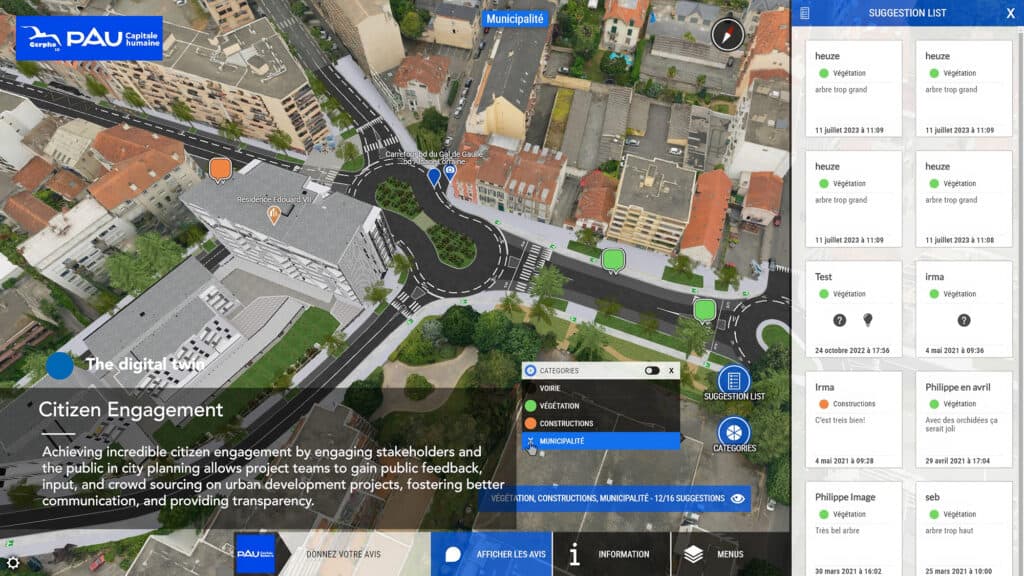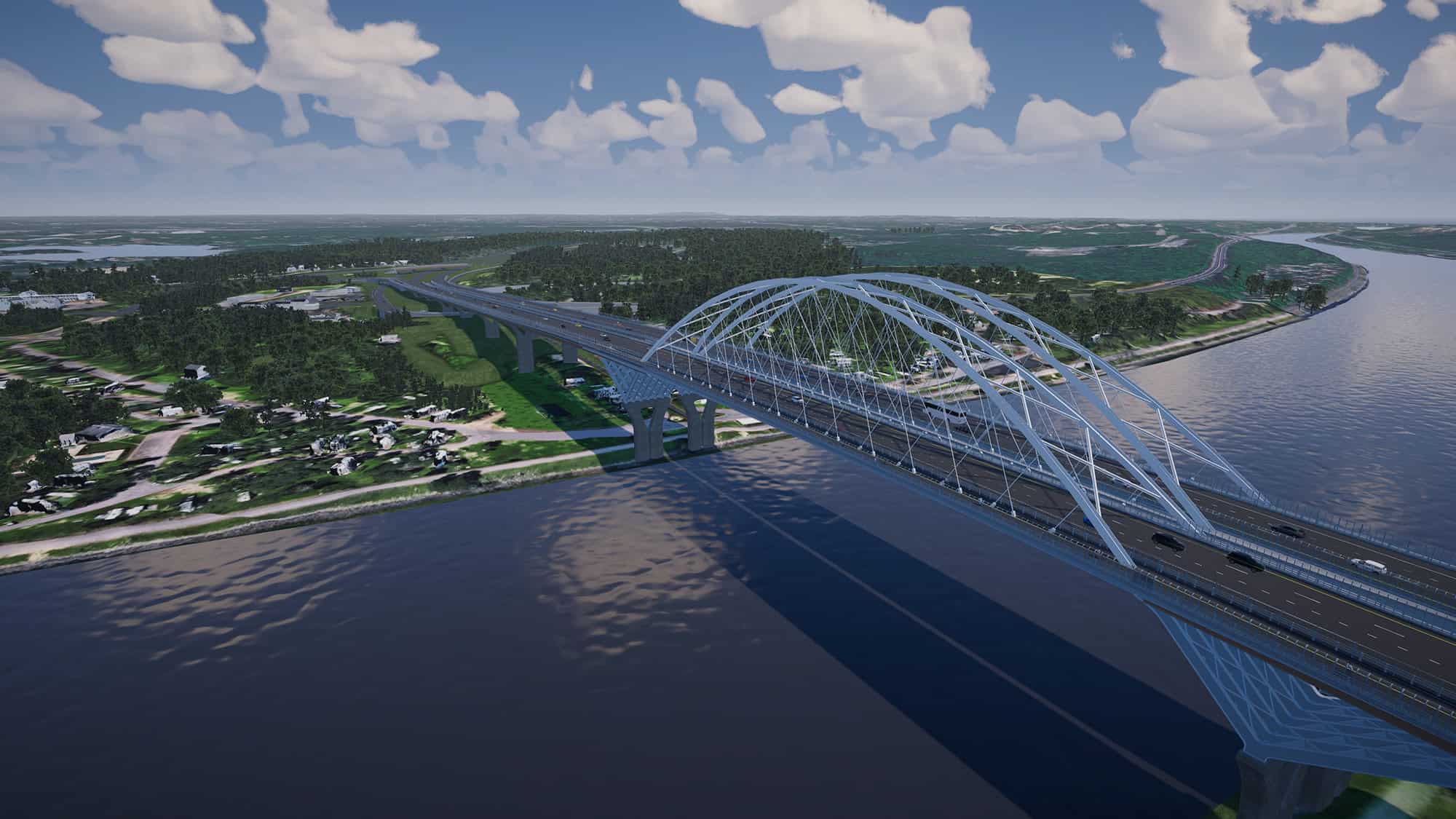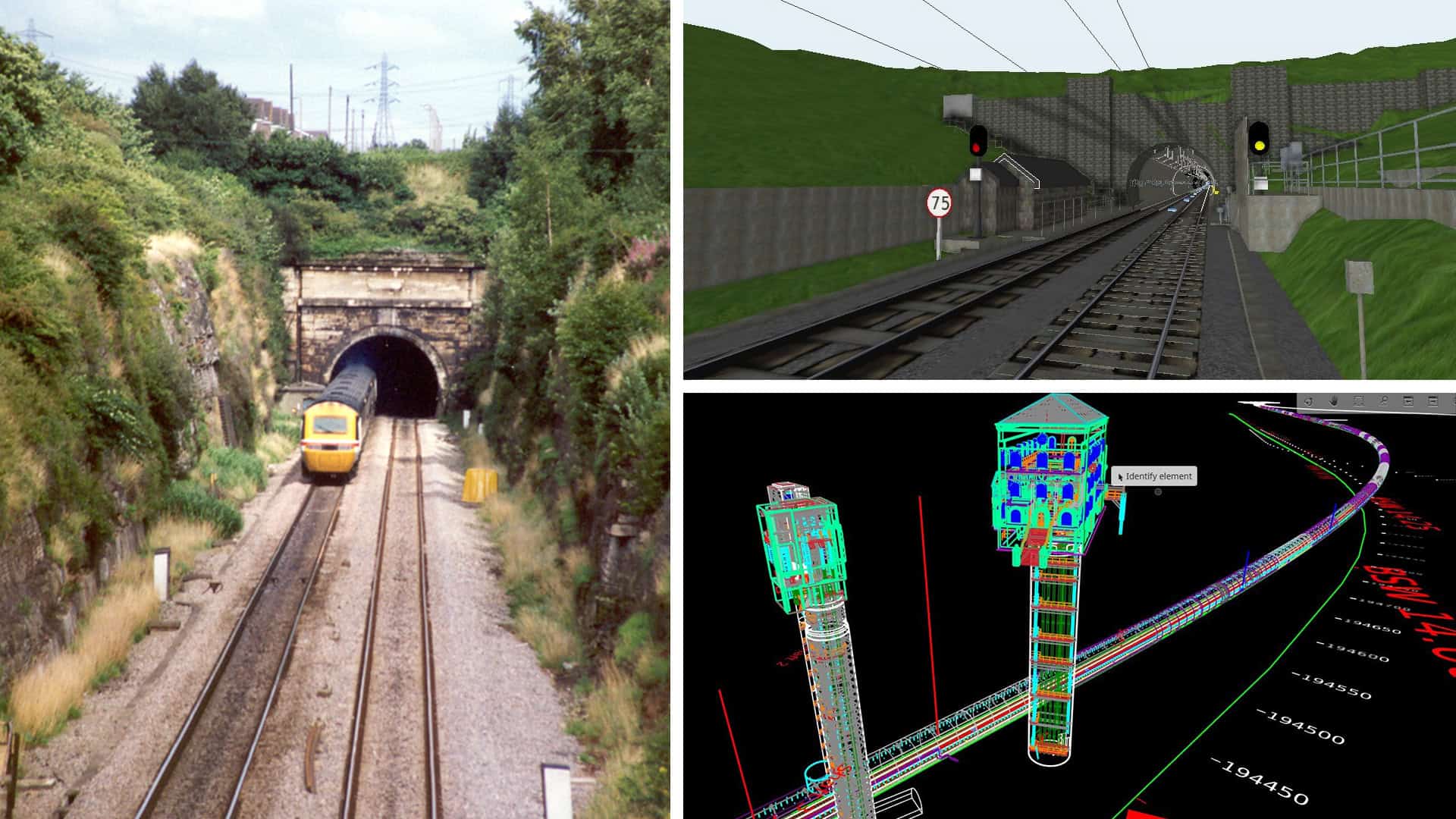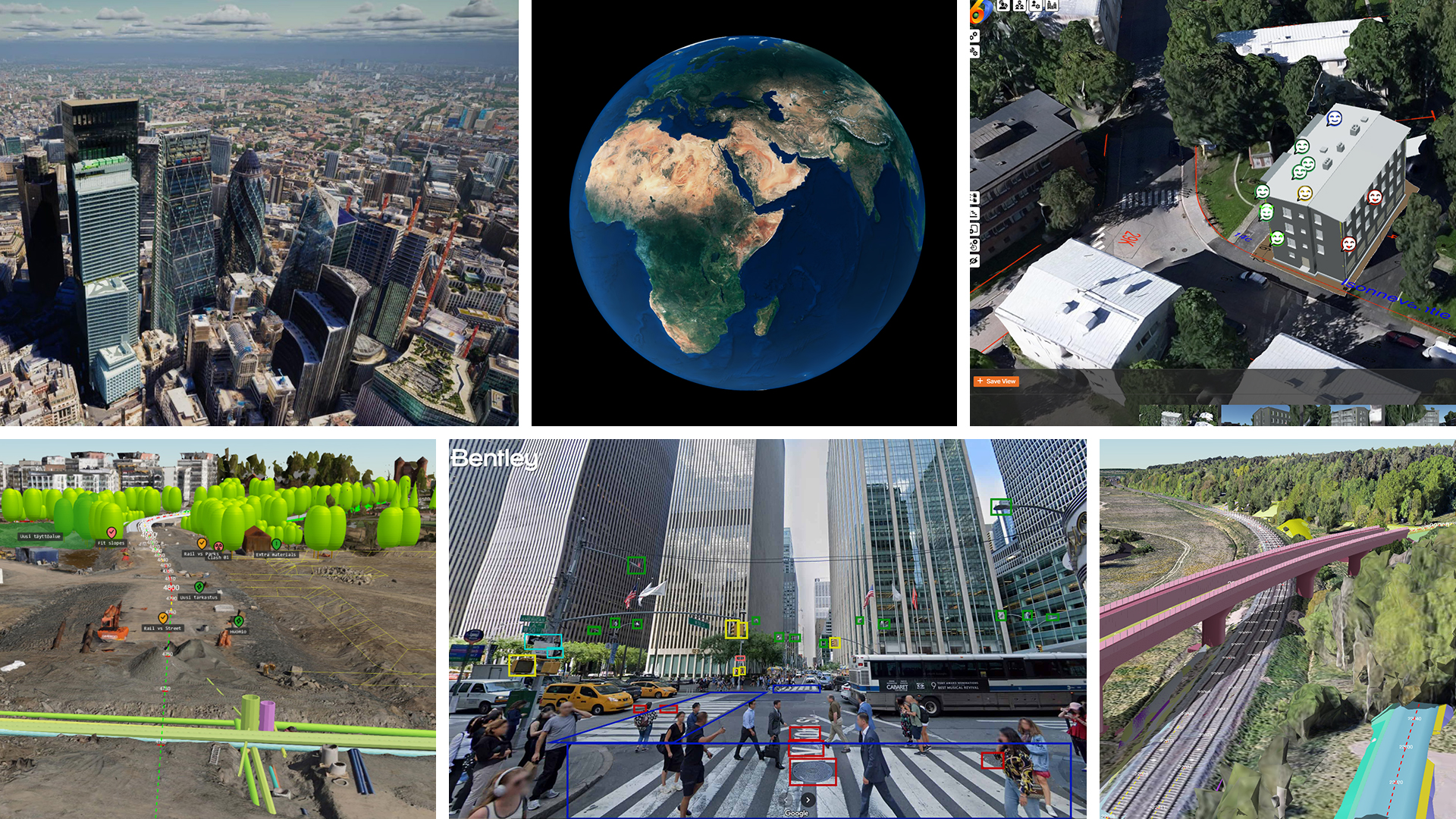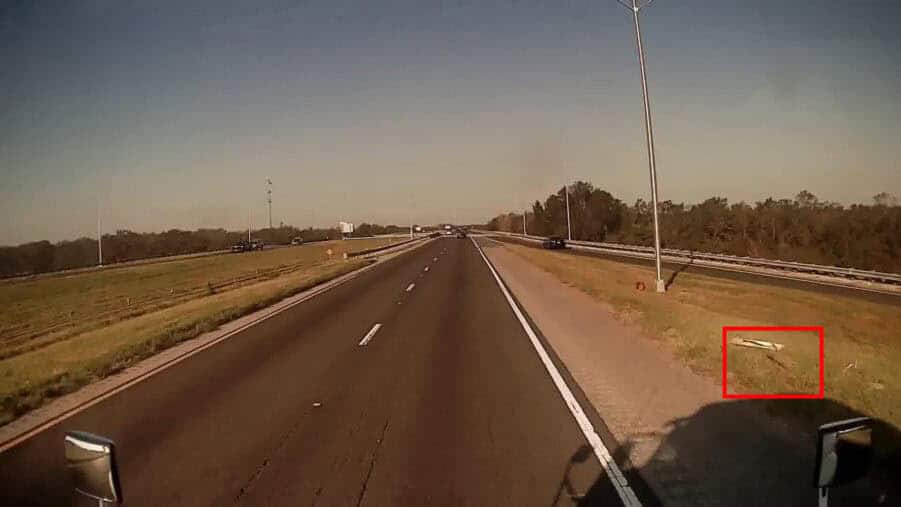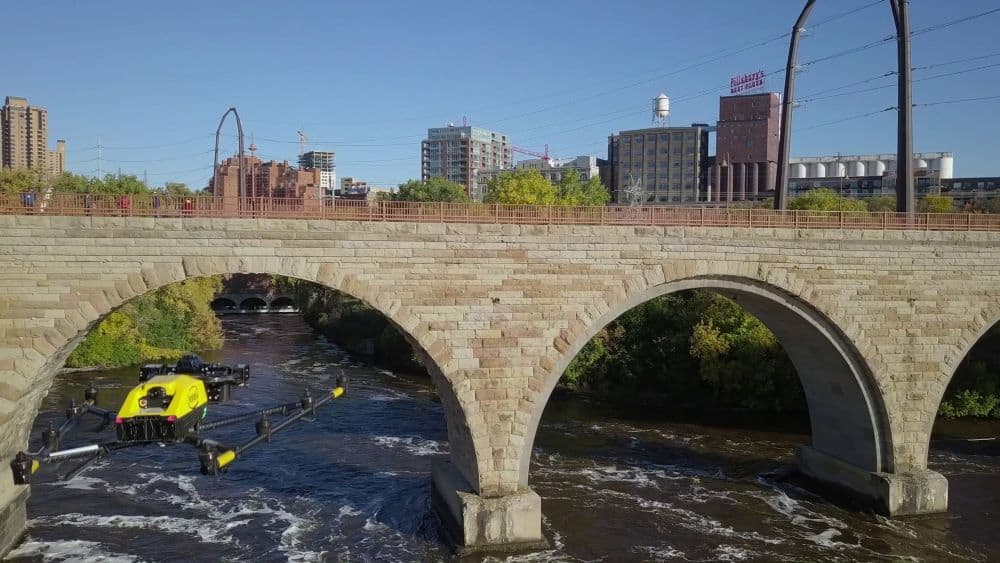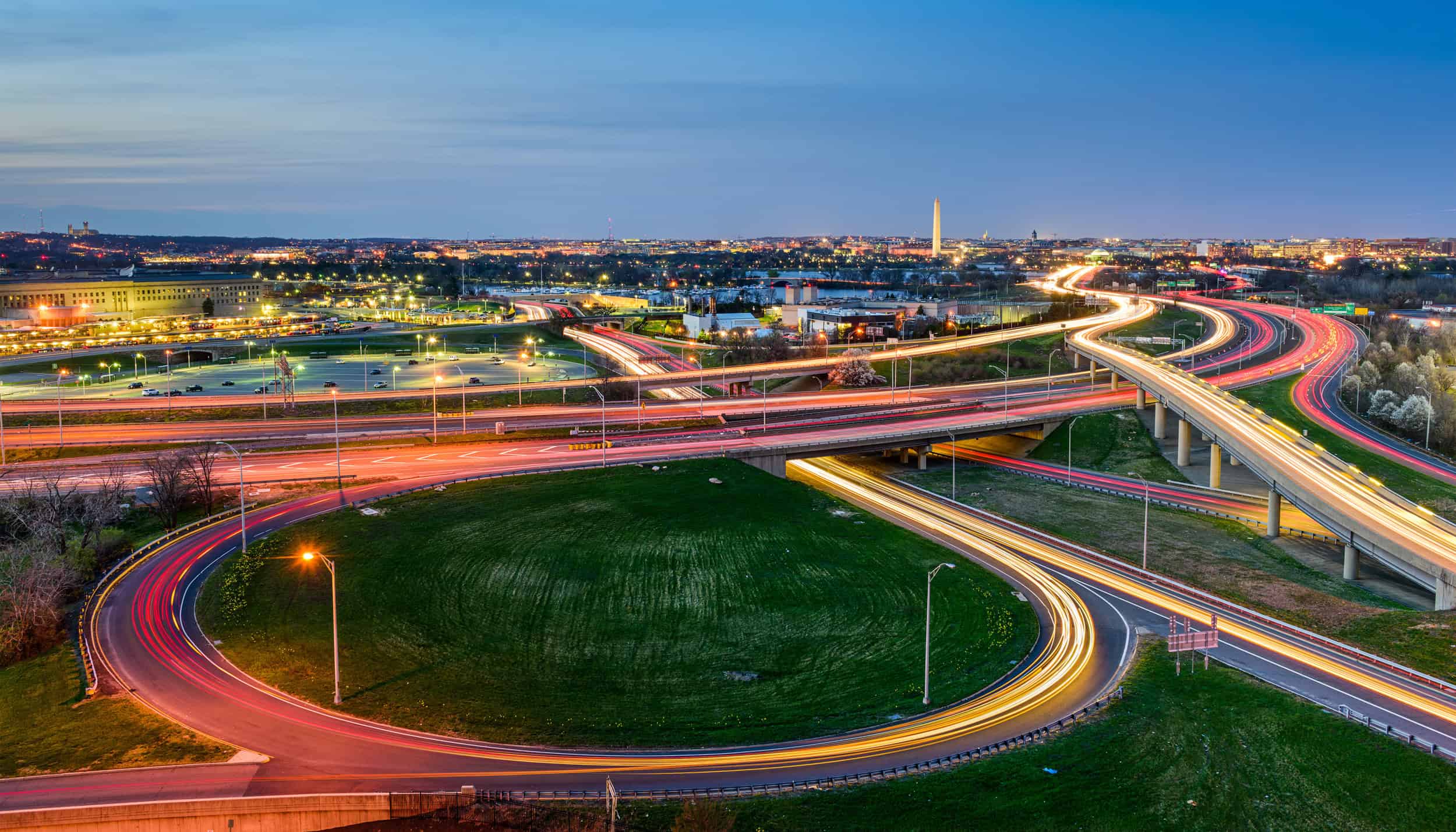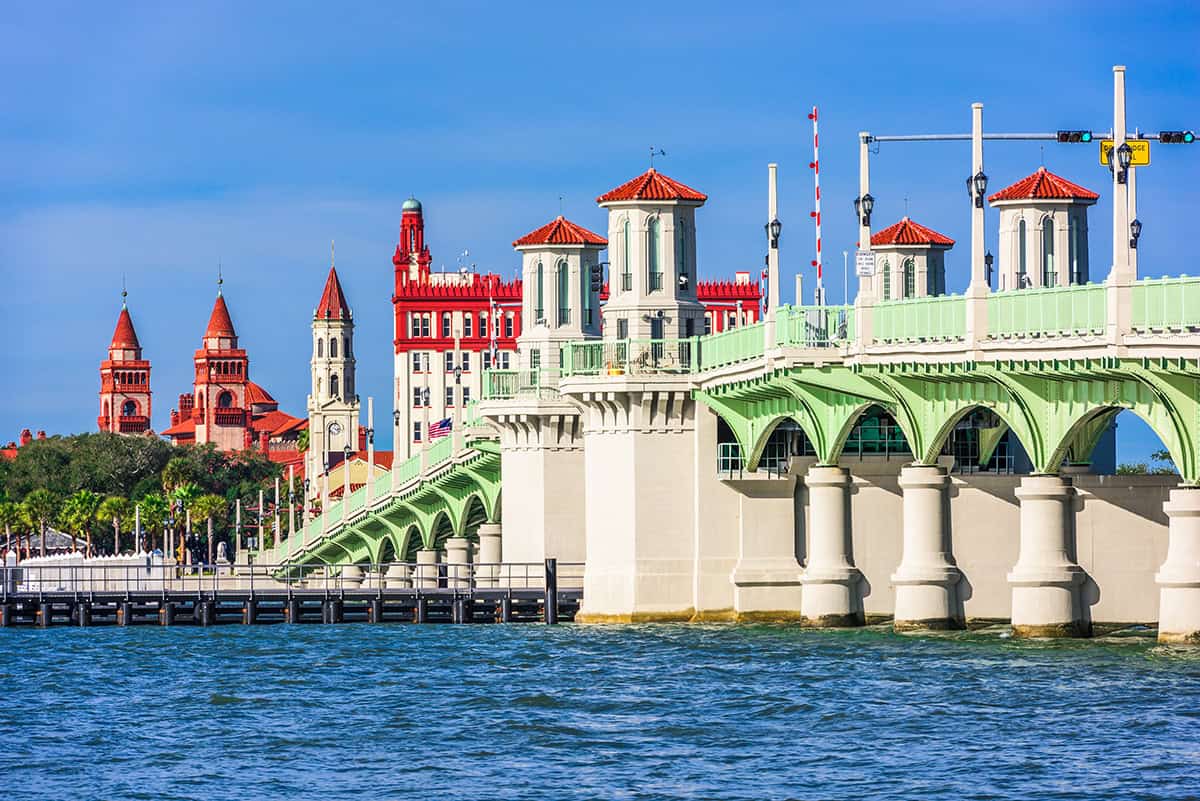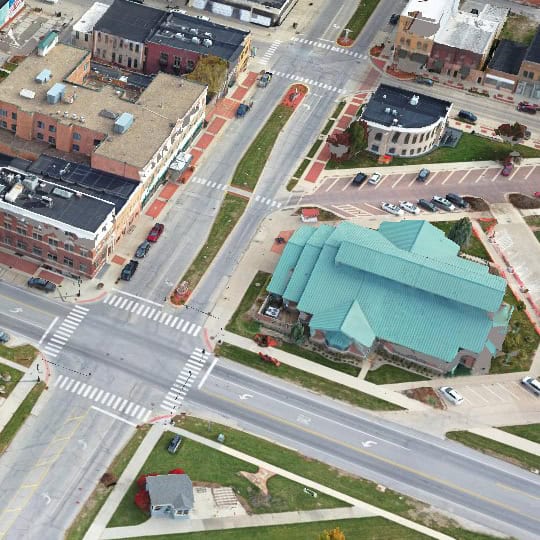With climate risks increasing, data volumes exploding, and the global race to build new, more resilient infrastructure accelerating, experts at Bentley Systems are offering fresh insights on how to confront the world’s infrastructure challenges—both now and in the future.
Bentley marketing manager Oana Crisan had a lot of time to think during a grueling six-hour drive from her village in central Romania to Bucharest. The bone-rattling journey on narrow, decades-old roads wasn’t just inconvenient; it highlighted the bleak reality of Romania’s EU-leading road fatality rate.
Crisan’s trip didn’t end there. She boarded a plane to London, where trains run along the sleek Elizabeth Line, and then to Philadelphia, traveling along highways to visit Bentley’s headquarters. She gained perspective on the global infrastructure divide—inspiring her to write a manifesto for better infrastructure design.
Crisan now advocates for design-driven solutions powered by modern tools and technologies like digital twins, artificial intelligence (AI), and collaborative modeling software. The solutions can prevent long-term problems by enabling comprehensive scenario analysis and stakeholder collaboration before construction begins.
“What you choose to model today decides what you will maintain and operate tomorrow,” Crisan writes. “Good infrastructure saves time, great infrastructure saves lives, and brilliant infrastructure—the kind that’s modeled intelligently, designed collaboratively, and maintained proactively—builds freedom.”
http://youtube.com/watch?v=8c5ScfJ2s1I&embeds_referring_euri=https%3A%2F%2Fblog.bentley.com%2F&embeds_referring_origin=https%3A%2F%2Fblog.bentley.com&source_ve_path=Mjg2NjY
The Earth Beneath Our Feet: Our Greatest Asset and Challenge
After a week of meetings with government officials in Washington, D.C., Dr. Thomas Krom from Seequent, the earth and subsurface modeling company owned by Bentley, had a sobering realization: “The ground beneath our feet represents both our greatest resource and our most significant vulnerability.”
The subsurface realm holds critical resources—aquifers, lithium deposits, and geothermal energy potential—yet we’re managing it with dangerous inadequacy. Water scarcity threatens communities globally, and critical minerals for electric vehicles and renewable energy face supply constraints. Meanwhile, recent earthquakes remind us that “we remain sitting ducks” to geological forces we can’t control but must prepare for, Krom says.
These global challenges are creating political unity. In the U.S., both liberal and conservative states are facing droughts and battling floods, and they’re finding common ground in better resource management. Even financial markets reflect this reality: Gold recently hit a record high as investors seek tangible assets over purely financial instruments. The subsurface truly represents the ultimate common resource, crossing all boundaries.
“The Earth itself is non-partisan,” Krom writes. “And increasingly, so too are approaches to managing its resources and risks.”
The U.S. Is Falling Behind in the Global Infrastructure Race Can We Make a Comeback?
This spring, the U.S. earned its highest-ever infrastructure grade—a C—from the American Society of Civil Engineers (ASCE). The rating should serve as a wakeup call, according to Rory Linehan, director for infrastructure policy advancement at Bentley.
The federal Infrastructure Investment and Jobs Act expires in 2026, which Linehan says will create an inflection point for America to reclaim its infrastructure leadership through a combination of coordinated funding, capability-building investments to close the engineering skills gap, modernized permitting and regulatory processes, and a heightened focus on resilience. Importantly, he says, the U.S. must scale digital twins, real-time sensors, AI-driven maintenance planning, and other innovative technologies.
“The U.S. has the resources, ingenuity, and momentum to lead the world in infrastructure again,” Linehan writes. “But it will take more than optimism. It will require action that is coordinated, innovative, and sustained.”
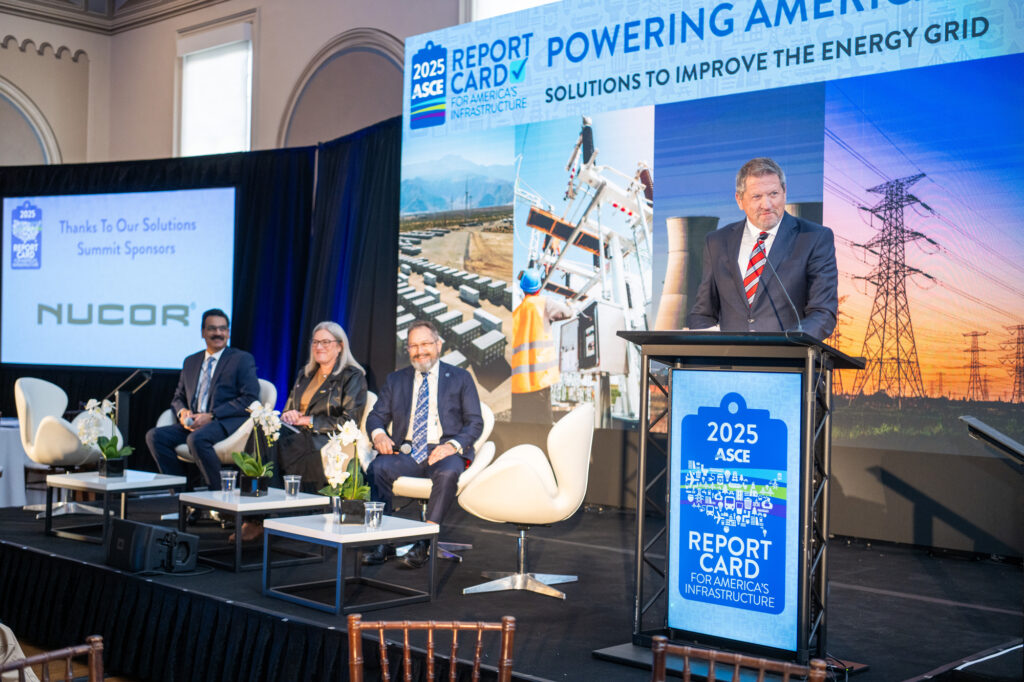
Infrastructure in the Agentic Era: How AI and Open Data Are Shaping the Built Environment
The infrastructure industry is entering the “Agentic Era” of AI, where intelligent systems graduate from simply analyzing data to taking action, Bentley’s Vice President of Ecosystem and Ventures Tom Kurke wrote in a thought leadership piece for AEC Magazine.
Imagine AI agents monitoring digital twins of bridges, roads, and water networks, automatically identifying issues, and recommending preventive maintenance before costly breakdowns occur. This isn’t science fiction, he says. It’s the next logical step as the industry faces mounting project demands and an engineering talent shortage.
Kurke cites open ecosystems as the key enabler. “Open data fosters access to valuable information, breaks down barriers, and enables seamless data sharing across platforms, systems, disciplines, organizations, and colleagues,” he writes.
With the geospatial market potentially reaching $1.4 trillion by 2030, open standards and collaboration between companies like Bentley, Cesium, and Google are creating unprecedented opportunities for infrastructure innovation.
Kurke concludes: “This transformative chapter will bring systems capable of analyzing digital twins of infrastructure assets—bridges, roads, dams, or water networks—to identify issues and recommend preventive action, avoiding costly breakdowns or safety hazards.”
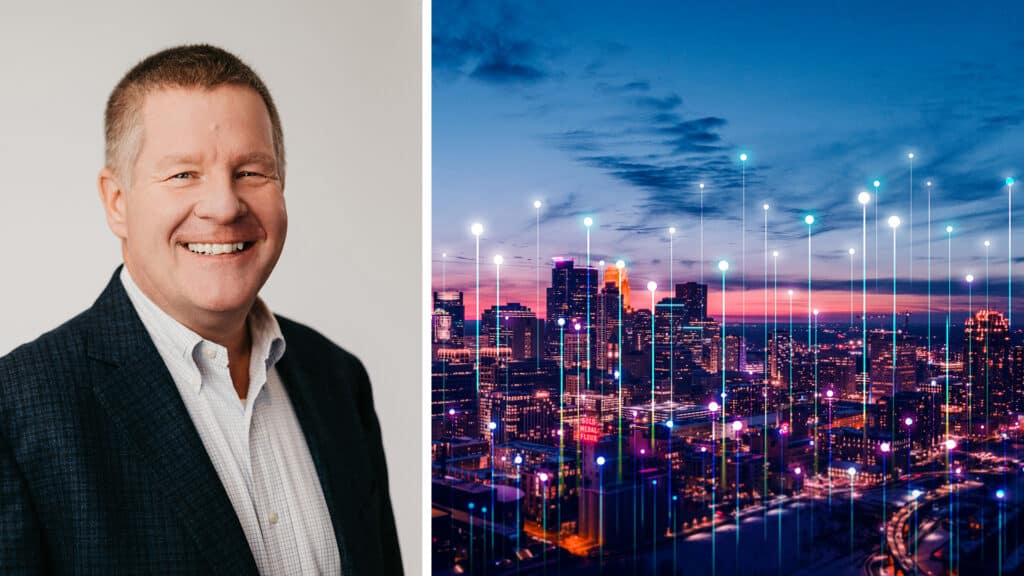
In the 19th century, poet Alphonse de Lamartine proclaimed Pau, France, to have “the most beautiful view of the Earth,” with the snow-capped Pyrenees stretching across the horizon. Today, digital twins are making residents say “Oui!” to responsible development.
When city officials sought approval for a major skyline project, they ditched 100-page reports and static drawings. Instead, they used a comprehensive digital twin of the city to help residents explore, interact, and see exactly how developments would integrate into the landscape without impacting Pau’s scenic skyline.
The technology helped transform Boulevard d’Aragon into a leafy oasis, upgrade the Les Halles market, and revitalize the neglected Le Foirail neighborhood. Pau’s digital twin won the prestigious Founders’ Honors Prize at Bentley’s 2024 Year in Infrastructure and Going Digital Awards in Vancouver.
“Pau’s story demonstrates the art of the possible, showcasing the value of digital twins for cities of any size,” writes Dorothea Manou, solution manager for cities and urban infrastructure at Bentley. “It is a model for others to follow. Pau has proven that you don’t need to be a megacity to be a smart city that, through technology, puts the needs of citizens first.”


